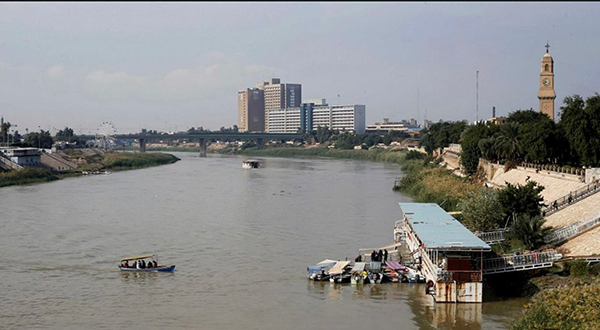Plants
A piece of Iran and Afghanistan in Tübingen
By Mohammad Nazir Momand
An editorial team from tünews INTERNATIONAL visited the botanical garden of the University of Tübingen last summer and conducted an interview with Michael Mauser, the gardener responsible for mountain plants from all over the world. The team was especially interested in wild plants that brought to Germany from countries such as Syria, Iran, Turkey or Afghanistan and then cultivated in the garden. “We bring plants like these from other countries to Germany to research them and to show them to students to help with their learning. But also, to familiarize the general public with the diversity of the flora,” explains Mauser.
For these plants to reproduce and to persist in the botanical garden, the garden created completely different climate and environmental conditions than those that naturally occur in Tübingen. These types of plants can only be found in mountain regions, in a much harsher and drier climate than in Tübingen. They grow here in a glass-covered but open greenhouse that protect against excessive sunlight and precipitation.
There are 35 species of plants in the greenhouse from Iran, many of which were brought to Germany in 2016 by a research team from the Tübingen Garden, including Michael Mauser. Most of them came from the mountainous region in northern Iran. Mauser enthusiastically told the story of this expedition and exchanged ideas with our photographer Mostafa, who comes from Iran and has visited these mountains. Two rare plant species from Sarpol province Afghanistan were brought to England in 1976 by an English research team. From there, offshoots were brought to Germany in collaboration with the Tübingen Garden. However, Tübingen botanists are interested in bringing even more plants to Germany from Afghanistan, if the security situation there improves.
Altogether plants from over 70 different countries are in the Alpinum, the mountain garden in the botanical garden. They will bloom again in early summer 2020. And then refugees from many countries, not only from Central Asia, will be able to discover mountain plants from their homeland.



